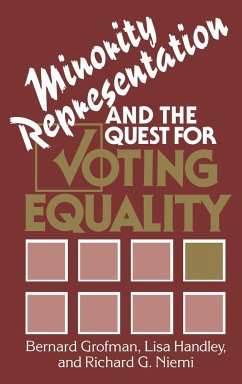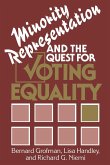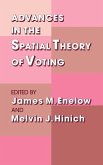With the passage of the Voting Rights Act in 1965, the right of minorities to register and vote was largely secured. It was soon discovered, however, that minority voting did not guarantee the election of minorities or minority-preferred candidates. Indeed, efforts by states and localities in the second half of the 1960s were aimed at denying any substantial minority representation to go along with the ability to cast ballots. Eventually congressional amendments to the Act along with the Supreme Court opinion in Thornburg v. Gingles (1986) have led to efforts to eliminate electoral laws that have the effect of diluting the minority vote, whether or not they were enacted with discriminatory intent. Controversy still surrounds the matter of minority representation, however, because of the ambiguity of certain aspects of the law and because of problems in applying it to the largely single-member district context of the 1990s. This book is the most up-to-date treatment of voting rights law and the numerous controversies surrounding minority representation. The authors have extensive, firsthand experience in both the legal battles and the scholarly examination of these issues. Based on this wealth of experience, they describe the development of the law after 1965, discuss in detail the prevailing Supreme Court interpretation of the Voting Rights Act, and examine discrepancies in federal court interpretations of subsequent actions. They also introduce the reader to technical procedures for establishing standards of representation and measuring discrimination. In the final two chapters, they consider the application of voting rights law to districting in the 1990s along with the implicationsof recent developments for the future of representation in America.
Hinweis: Dieser Artikel kann nur an eine deutsche Lieferadresse ausgeliefert werden.
Hinweis: Dieser Artikel kann nur an eine deutsche Lieferadresse ausgeliefert werden.








